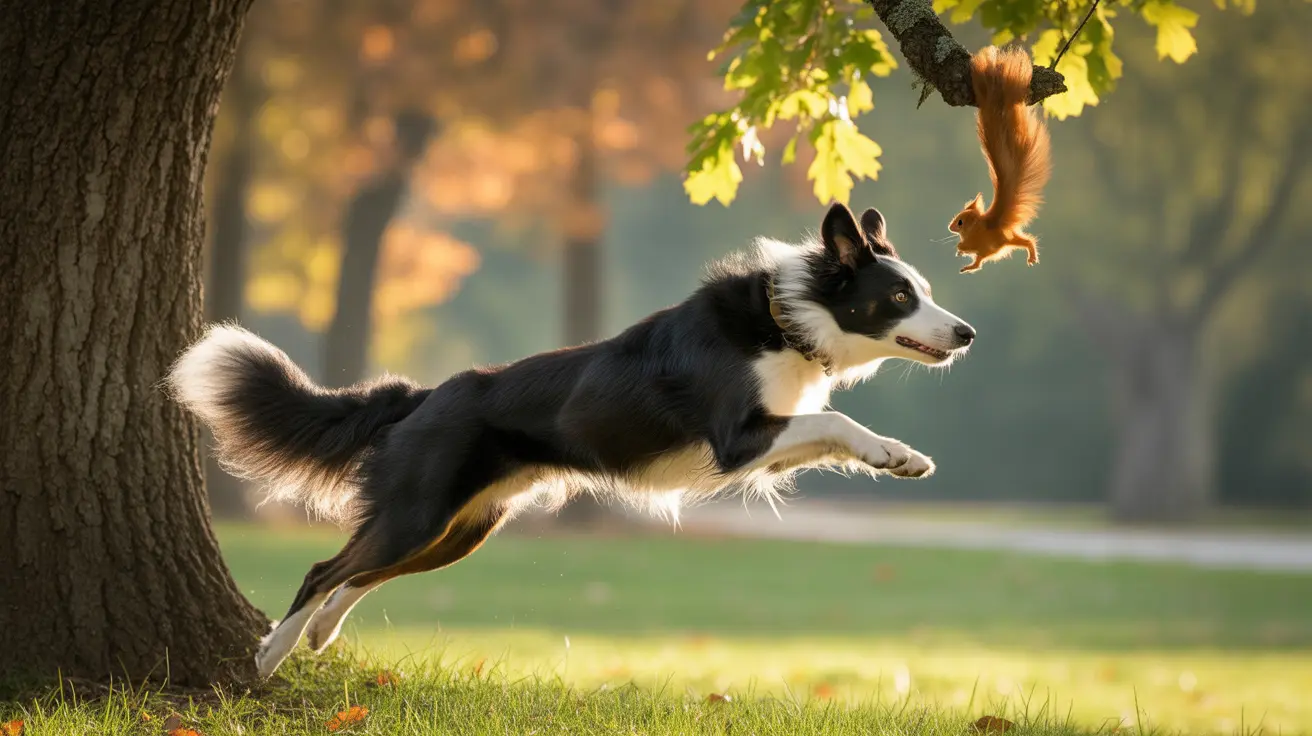How to Stop Your Dog from Humping: Practical Strategies That Work
Dog humping, or mounting, is something almost every dog owner encounters at some point. Whether your pup targets other dogs, people, toys, or random objects, it can be confusing (and sometimes embarrassing) to witness. But before you worry too much, know that this behavior is common and usually not a sign of dominance or aggression.
Why Do Dogs Hump?
Many people assume humping is always sexual, but that's rarely the case—especially in spayed or neutered dogs. Here are some of the most common reasons dogs might hump:
- Sexual behavior: Most likely in intact (not spayed/neutered) dogs.
- Self-soothing: Dogs may mount when they're stressed, excited, or uncertain.
- Play: Mounting can happen during play as a normal social interaction.
- Overstimulation: Too much excitement can trigger humping.
- Attention-seeking: Some dogs learn that humping gets a reaction from people.
- Frustration: When a dog can't get what it wants, it might mount as an outlet.
- Medical conditions: Issues like urinary tract infections or skin irritations can cause mounting. Watch for other symptoms such as licking, chewing, or distress—if you see these, call your vet.
Modern research shows that mounting isn't always about dominance. Dogs use this behavior in many contexts unrelated to social status. During play, most dogs will let each other know if the behavior is unwelcome by growling or moving away.
When Should You Intervene?
If your dog's humping is persistent—especially if it's directed at people, causes distress to other pets, or seems compulsive—it's time to step in. Occasional mounting during play is usually harmless unless someone (canine or human) gets upset.
Effective Ways to Stop Unwanted Humping
- Spay or Neuter Your Dog
If hormones are driving the behavior (especially in young or intact animals), spaying or neutering often reduces mounting. Still, if the habit has already formed for other reasons (like stress), surgery alone might not solve it completely.
- Provide More Physical and Mental Stimulation
Boredom and excess energy fuel unwanted behaviors. Make sure your dog gets enough exercise through walks and play sessions. Challenge them with puzzle toys and training games to keep their mind busy—a tired dog is less likely to hump out of boredom!
- Manage Triggers and Environment
Notice when your dog tends to hump: Is it when guests arrive? During rowdy play? After long periods alone? Structure their environment to minimize overstimulation—offer calm activities during high-excitement times and keep interactions predictable where possible.
- Interrupt and Redirect Behavior Early
If you see signs your dog is about to mount (circling, fixating on a target), calmly interrupt with a recall cue or another trained signal. Redirect them immediately: ask for a sit, send them to their mat, hand them a toy—then reward the alternative behavior with treats or praise. Consistency is key here!
- Avoid Punishment
Punishing your dog by yelling or using physical corrections only increases stress—and may make things worse. Instead, stay calm and consistent; ignore attention-seeking humping by standing up and withdrawing attention until your dog settles down.
- Create Routines and Reinforce Training
Teach basic commands like sit, stay, come, and settle on a bed. These give you tools to disrupt mounting before it escalates. In homes with multiple dogs, supervise their play so everyone stays comfortable—step in if things get too rowdy.
- If Problems Persist: Seek Professional Help
If humping becomes excessive (or is paired with aggression or distress), consult your veterinarian first to rule out medical causes. For stubborn cases involving behavioral issues, a certified trainer or animal behaviorist can offer tailored strategies that fit your dog's needs.
A Few Things to Remember About Dog Humping
- This behavior is usually harmless—a normal part of being a dog!
- If it's causing problems for you or others (including other pets), addressing underlying stressors through positive management works best.
- Your patience and consistency will pay off; most dogs respond well when given clear alternatives and plenty of enrichment opportunities.





